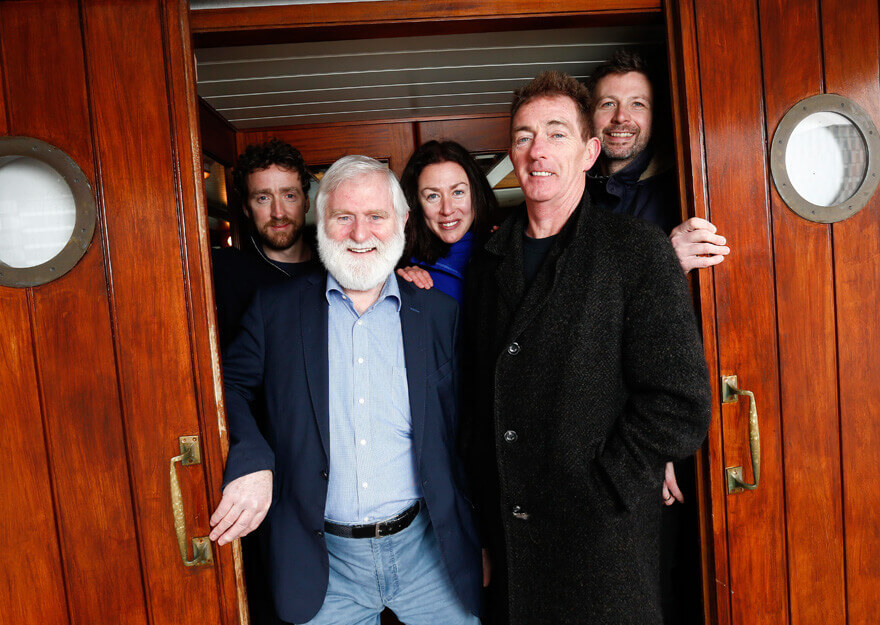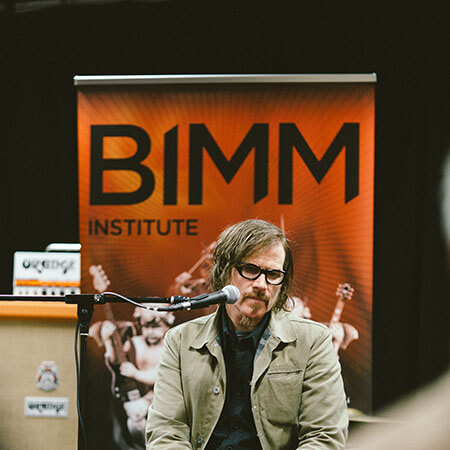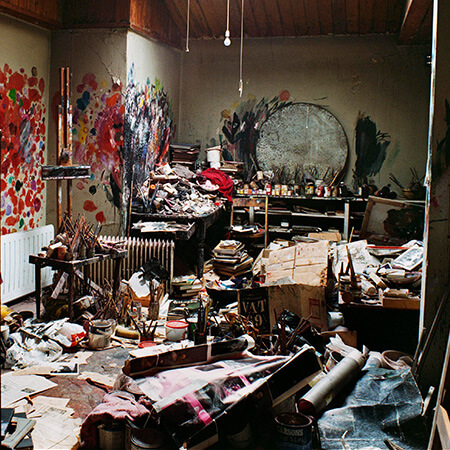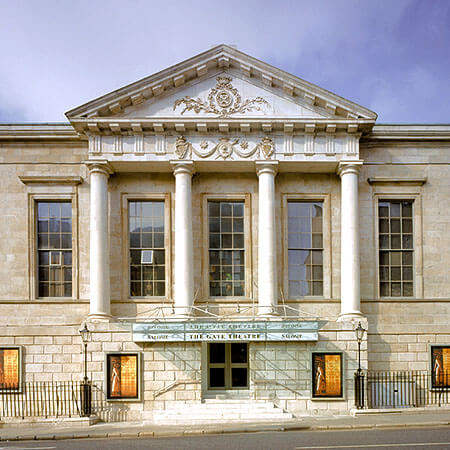John Sheahan of The Dubliners is well known as a musician, composer and poet. Born and raised in Dublin, he went to school in Marino – where he was introduced to the tin whistle. Then, at the age of 12, he moved on to the fiddle.
As the last surviving member of The Dubliners, he toured for the band’s 50th anniversary in 2012 before officially retiring the group. However, he still makes regular appearances at charity fundraisers and on The Late Late Show.
In 2020, at the age of 80, he even released his debut solo album Flirting Fiddles – as well as a book of poetry.
Dubliners, in general, never made any great fuss of their own sons and daughters.
The album featured classical, jazz and baroque tracks, as well as an orchestral arrangement of his famous ‘Marino Waltz’, which was inspired by Dublin’s Casino at Marino.
Over the years, John has worked with U2, The Pogues, Sinéad O’Connor, Kate Bush, Glen Hansard and André Rieu – to name just a few. And today he’s just as enthusiastic about collaborating with other musicians.
He spoke to Derek O’Connor about joining The Dubliners and the band’s influence on current musicians.
In conversation with John Sheahan
A fella used a lovely expression the other day: “Are you yer man out of The Dubliners?” Referring to me in the first and third person, all in the one sentence. That’s a very Dublin thing to say.
Being in The Dubliners always made you feel like a bit of an ambassador for the city. I mean, we were all instantly recognisable and I think people felt at one with us. There’s a nice feeling of unity about being a Dub.
And Dubliners, in general, never made any great fuss of their own sons and daughters who became well known.



